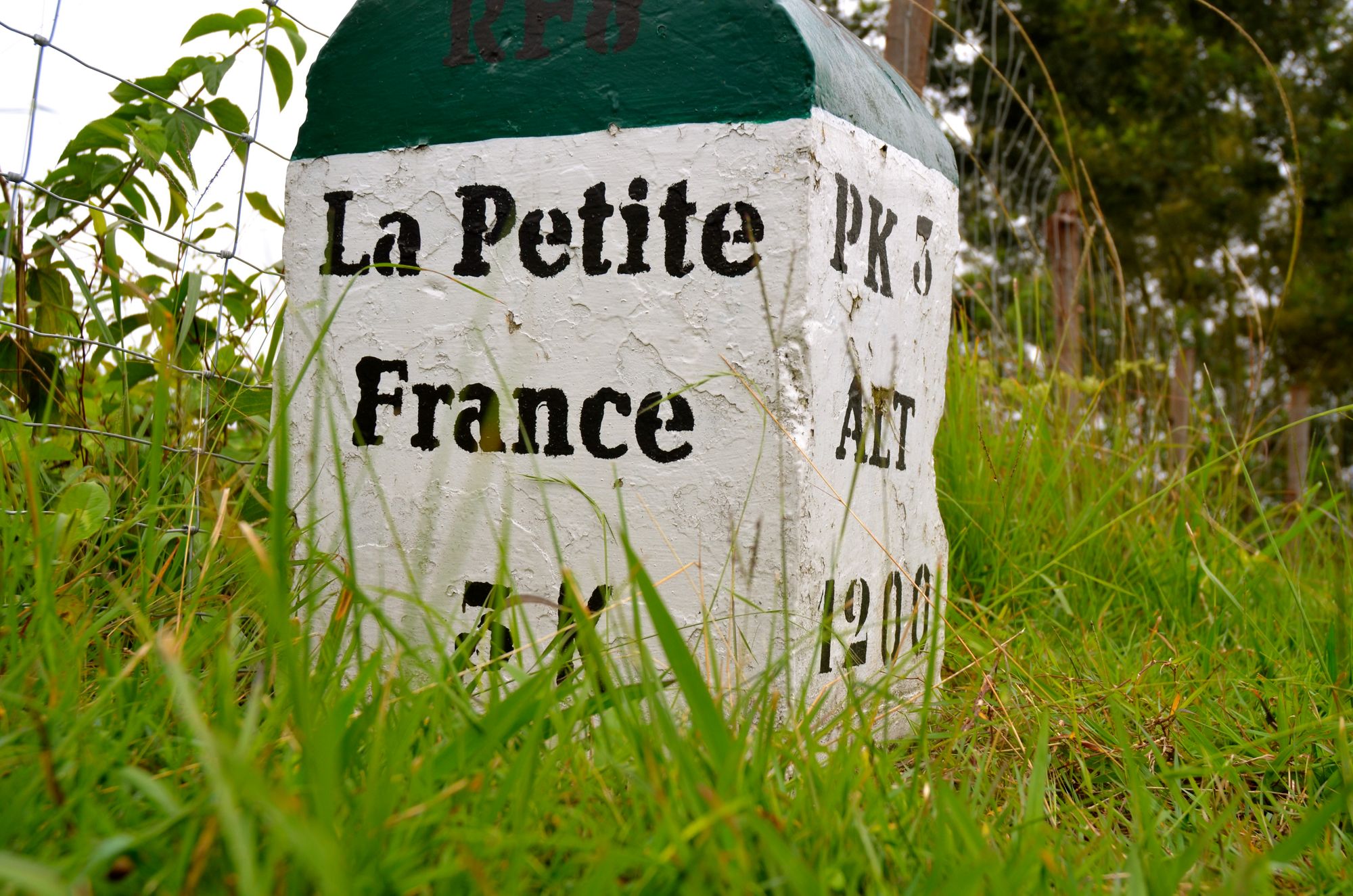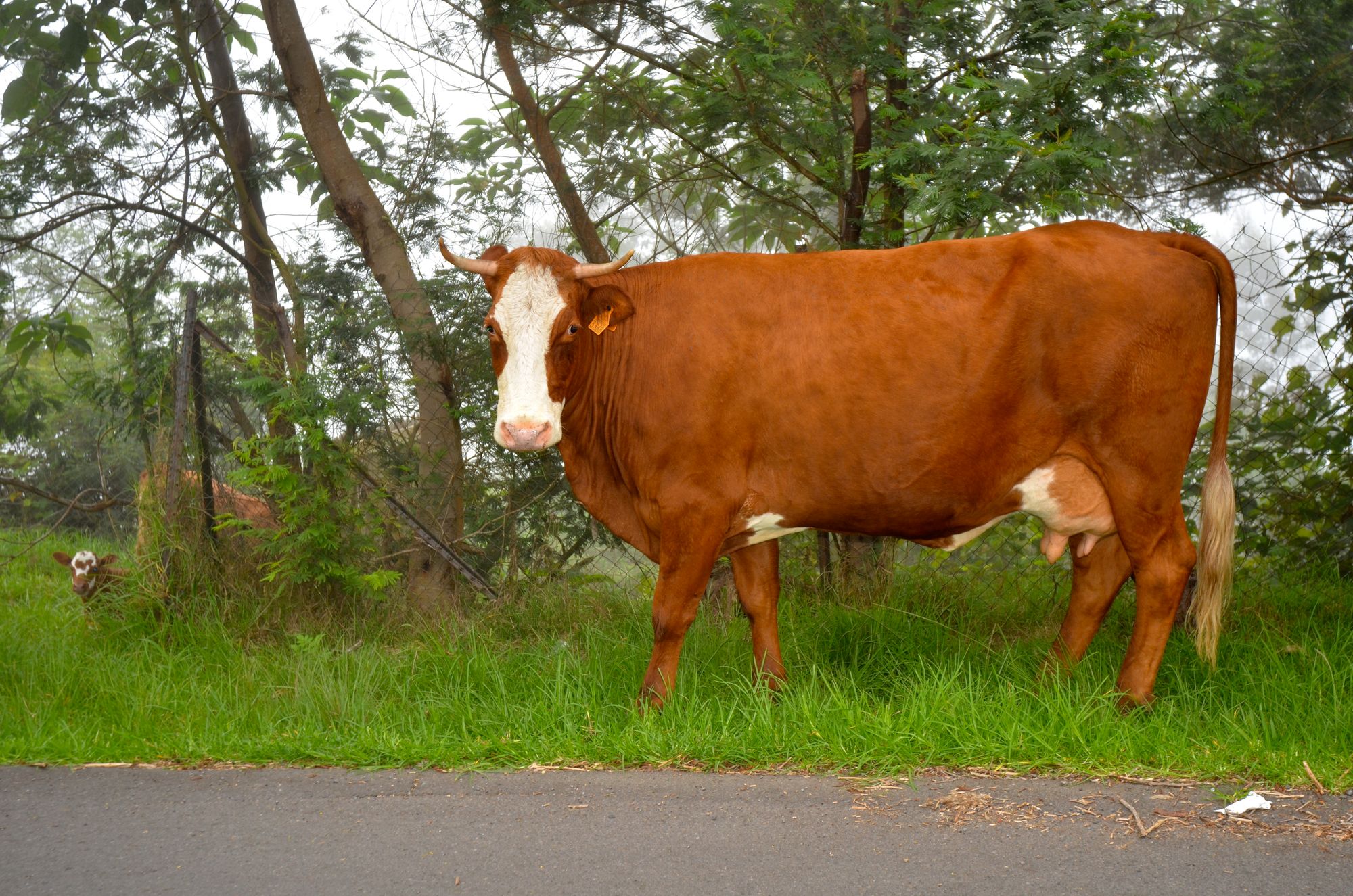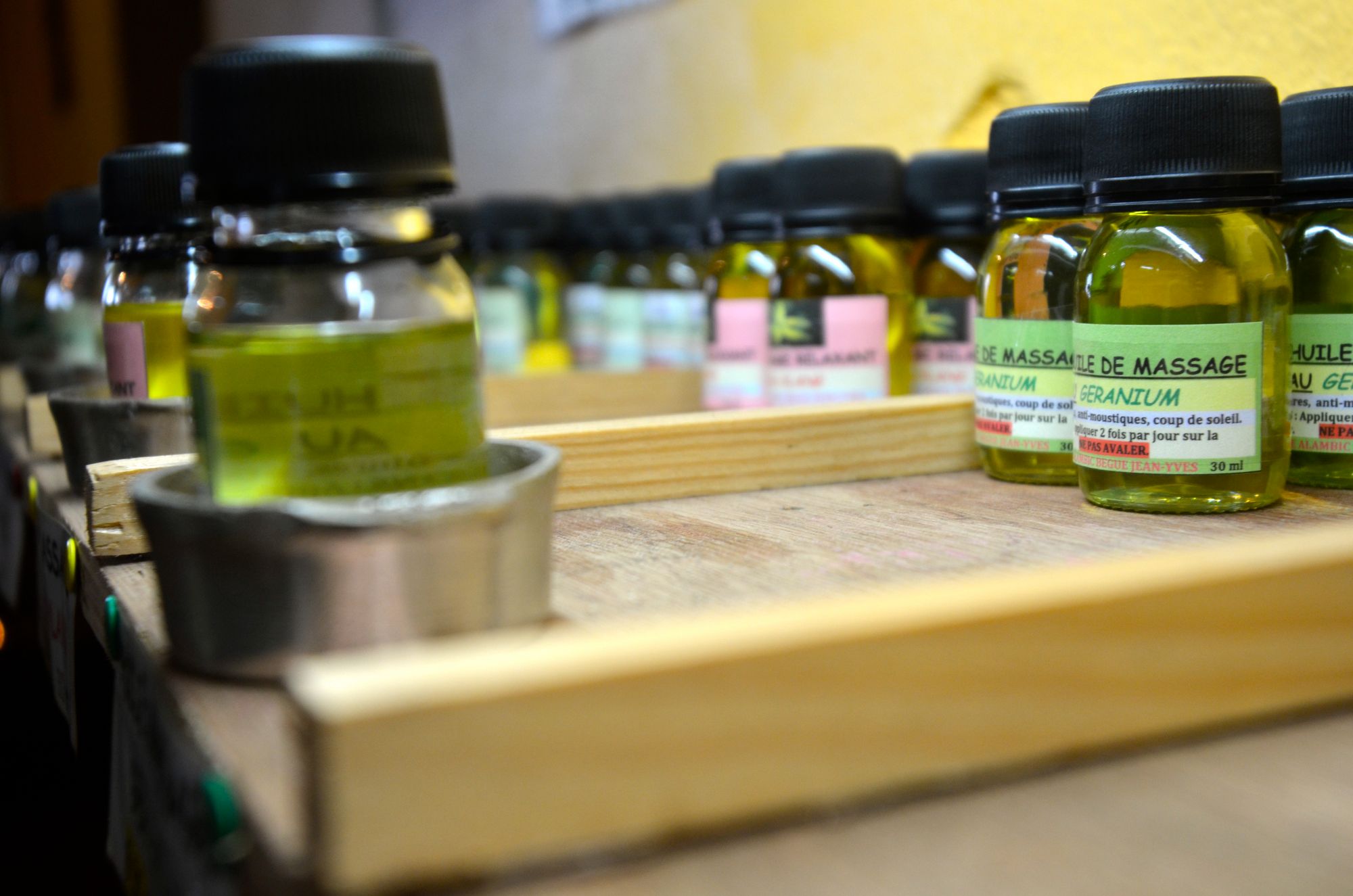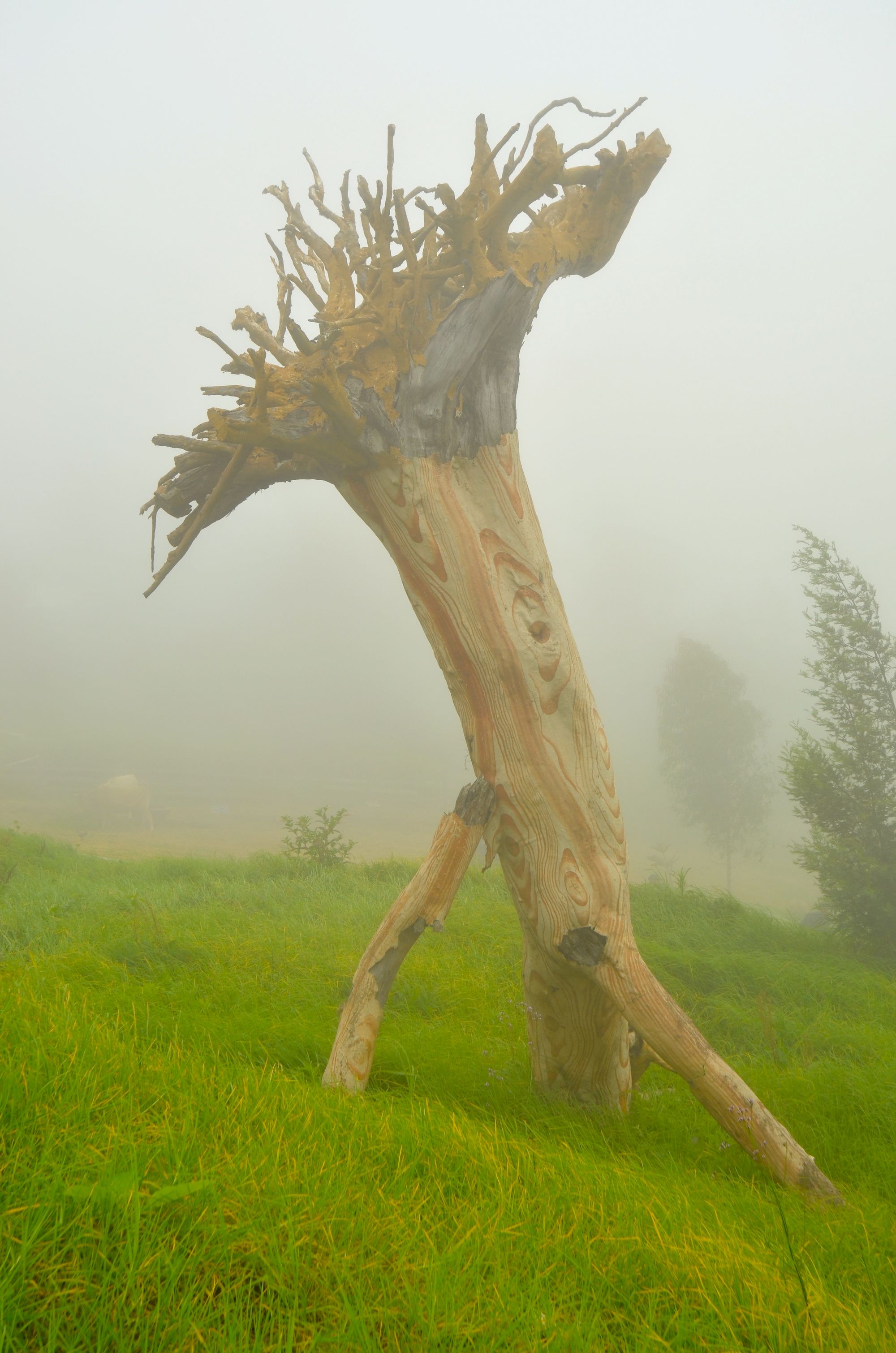Imagine a surf destination that is part-Indonesia with mechanically perfect waves, part-Maldives with turquoise water and part-Hawaii with some big waves and thundering barrels. It is an absolute surfer's paradise, a dreamy destination that was kept quiet and those in the know slipped off to, and rode perfect, uncrowded waves.
Dreamy Surf Spots
The most famous wave in Reunion is St Leu; a perfect coral-bottom left that reels and barrels. It was the venue for much of Jack McCoy's original Billabong Pump movie with a marvellously braided-hair Occy going crazy, along with Ronnie Burns RIP. Along with the high-performance sections and the odd inside barrels at St Leu, there are the barrels in St Pierre, big waves at Le Port and sometimes Etang Sale, grinding reef-pass barrels at L'Hermitage and nudity at Trois Bassons.
What went wrong
In the last eight years, there were 24 attacks, and 11 of those were fatal. Half of those attacks involved surfers and bodyboarders.
It has the highest attack zone in the world, and government officials continue to wring hands
Surf shops have closed, surf camps and resorts are empty, with their doors shut. Surf schools have packed up their soft-tops, and the industry finished.
It is still illegal to surf, and the rules and regulations are simply in place to protect those officials in charge from getting into legal troubles, and not to safeguard ocean-users.
There have been nets, there have been drumlines, and there have been extensive security watches – divers, boats, drones etc. – but all have been short-lived and experimental. At the same time, nothing is being done on a political level to stop the constant attacks.
It must be difficult growing up as a surf-stoked kid in Reunion. Thirteen-year-old stoked-out grom Elio Canestri was killed in 2015 while surfing at Les Aigrettes. Nowadays, for a kid to go surfing there has to be a full shark vigil in place.
Most surfers use an anti-shark device of some sort while surfing in Reunion, but the jury is still out as to how effective these are. The theory goes that an anti-shark device generally creates an electric field. Sharks have gel-filled sacs called Ampullae of Lorenzini which they use to sense electrical fields given off by prey. When a shark senses the electric field caused by an anti-shark device, the severe discomfort is supposed to cause the shark to swim away. In theory.
In practice, however, for must prudent Reunion surfers, the most effective method of shark protection is to stay on land.







What Happened?
A large chunk of coastline on the west coast of Reunion was declared a no-fishing zone back in 2007, and something went out of whack with the ecosystem in the process. There are many theories, including loss of natural food for sharks, and the sudden drop on shark catches, but either way, the bull sharks came to town.
Another theory was that the natural shark populations flourished after the island banned the fishing of sharks for food way back in 1999. This decision was motivated by confirmation that shark meat contains high levels of the dangerous toxin ciguatera. The prevalence of larger shark species is also due in part to overfishing in Reunion, which possibly caused the collapse of resident reef shark populations. In response to the resulting biological space, bull shark numbers in particular soared.
So, as a surfer, you have hordes of bull sharks tearing around the line-ups, wanting to eat anything in front of them, be it birds, fish, car tires or surfers. If you go for a surf you are running the gauntlet every time, and any session you brave might be your last.
